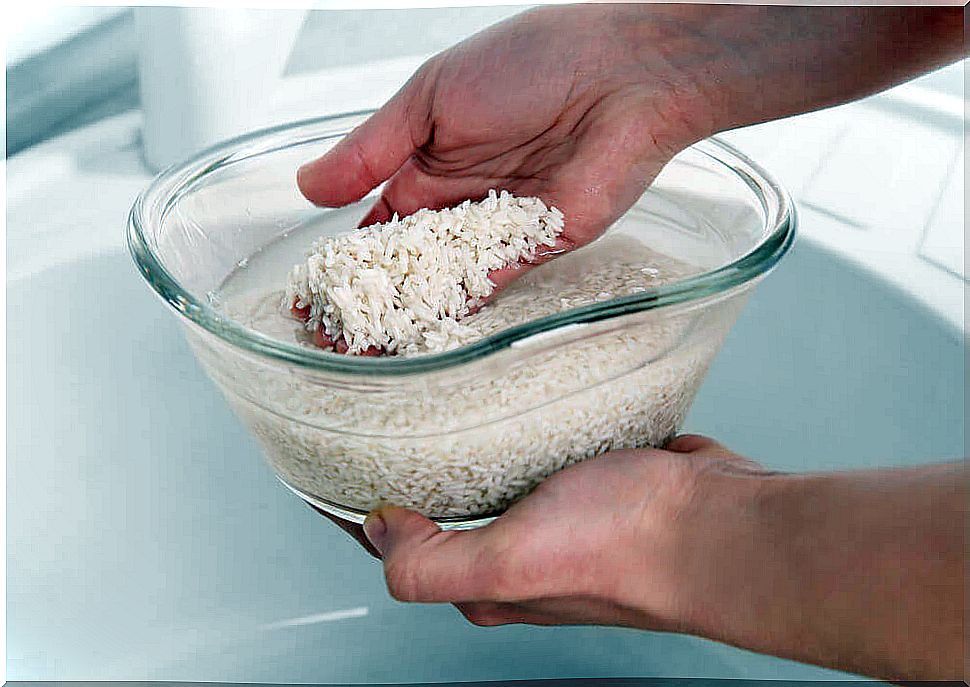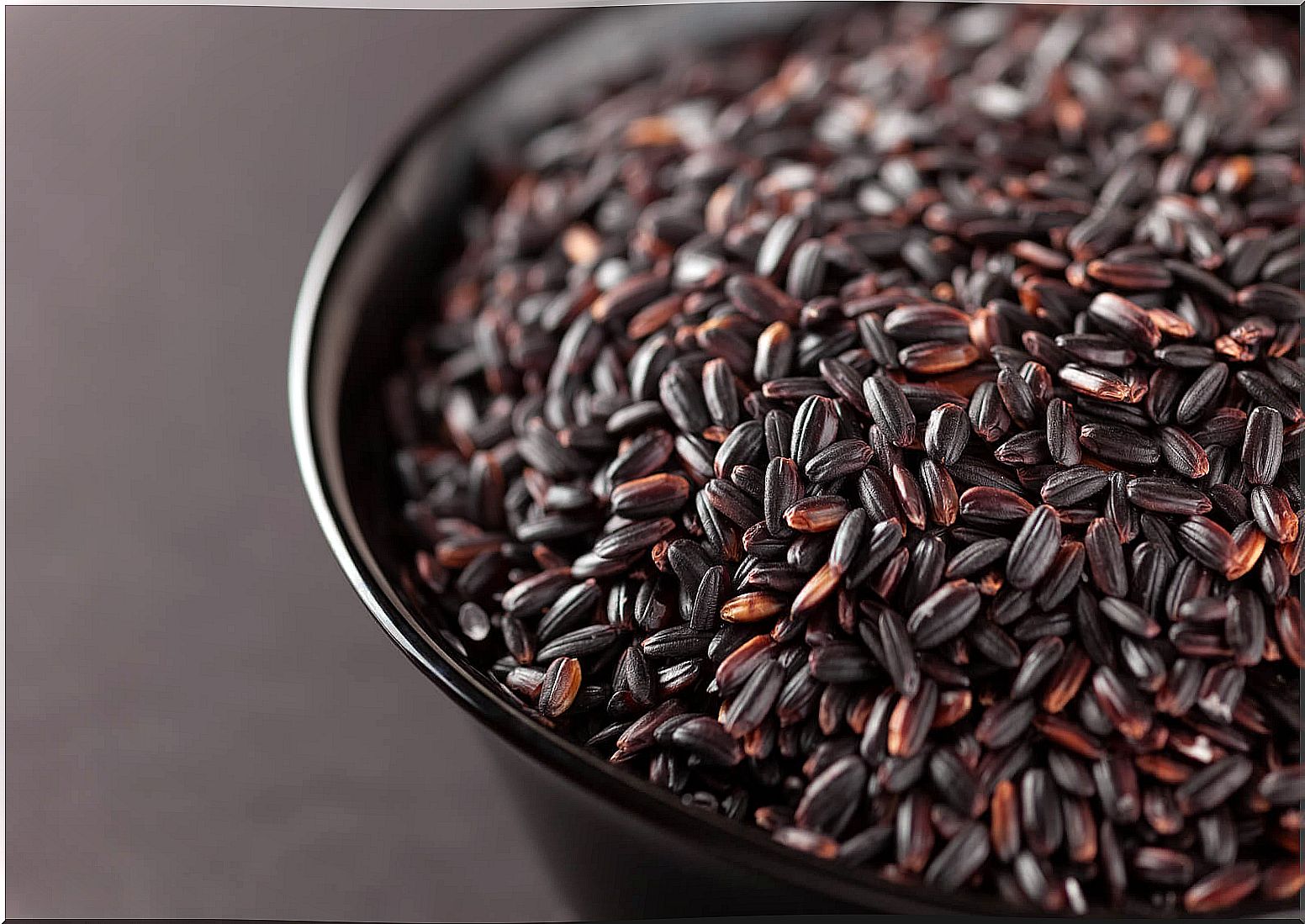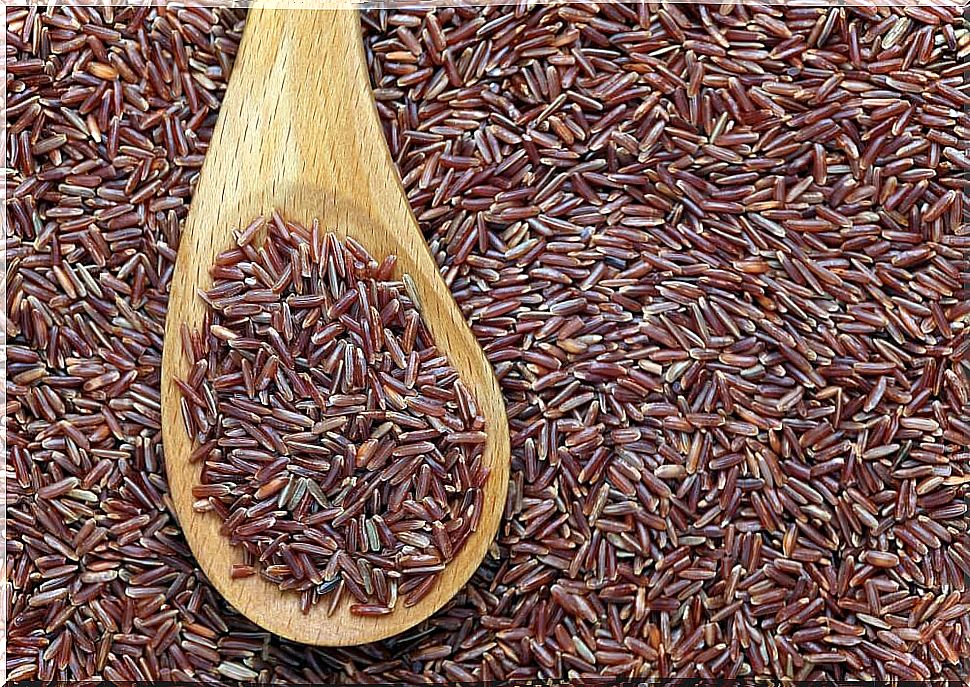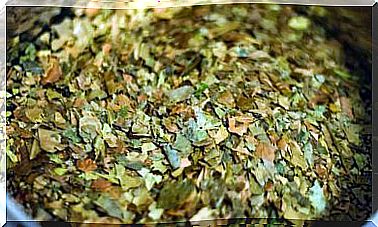The 3 Healthiest Types Of Rice
Rice is the most consumed cereal in the world and one of the most beneficial. However, you must control the quantities, the way you cook it and know which are the most suitable types of rice for each occasion.
This cereal can be combined with many foods, it is tasty and offers us multiple ways to enjoy it. However, you have to remember that it can also have its trick. Therefore, when consuming it, it is advisable to follow some guidelines regarding the foods with which you accompany it and the type of rice you are going to use.
Why consume rice?
The consumption of this cereal is something suitable and recommended, it provides benefits such as:
- Provides vitamin B and tryptophan to the body, essential nutrients for the health of the body, including the brain.
- It gives a lot of energy, since it is rich in carbohydrates.
- Due to its fiber content, it helps lower cholesterol levels.
- It also provides a large amount of proteins that, combined with other foods, stand as that daily resource to take care of health and well-being.
For all the above, it is advisable to consume one that is made with whole grain, because it has a high fiber content. This substance has proven to be essential in order to prevent intestinal-type pathologies.
The 3 healthiest types of rice

1. Yamani rice
Yamaní rice is the most consumed cereal in the East, its flavor is exquisite and, according to some specialists, it is the healthiest of all. It can be consumed alone and thus, obtain with it the same benefits as if we combined it with meat or vegetables.
Yamaní rice is the one with the highest content of B complex vitamins. Despite being the least refined of all rices, as it has a pure, unprocessed grain, it is the one that best digests the body.
All those who follow a macrobiotic diet use this type of cereal that does not contain gluten and is perfect for intestinal health.
It has hypotensive properties, making it very suitable for people suffering from fluid retention or heart failure. This whole grain contains phytin (phytic acid) that helps eliminate substances that are toxic to the body.
It is rich in carbohydrates, which is why it is a highly energetic food. It helps to balance blood sugar levels and its proteins contain most of the essential amino acids.
2. Black rice

Be careful, we are not talking about that dish that is cooked with squid ink and that makes up a tasty dish also called “black rice”. We are referring to that pure whole grain rice and of this distinctive color.
Black rice is the richest in antioxidants that exists. For this reason it has been a venerated cereal for centuries in China and today it is considered a “superfood”. It offers a number of benefits:
- It provides antioxidants, according to a study published in Food Chemistry.
- It is easy to digest.
- It is rich in vitamin E.
- It has a high fiber content, so it is very satiating.
It is very suitable for children, as it promotes their growth. It is also ideal for its great contribution of antioxidants with which it helps prevent diseases such as cancer.
3. Red rice
Red rice is another type of rice that you should know to get the most out of it. It has the particularity of preserving the whole grain. It is originally from China and due to its natural pigmentation present in its shell or bran, it has a characteristic red color.
It also has more protein and less carbohydrates than the white that we use frequently. It is also beneficial for its large amount of pigments, which have an antiatherogenic effect, due to its antioxidant activity. It also helps raise good cholesterol levels. Modification of the lipid profile is limited through diet. However, fiber has proven capable of influencing this aspect.

Ready to take advantage of the different types of rice?
On the other hand, it can contribute to an adequate intestinal transit, because its richness in bran makes it a food with a prebiotic effect on the body. In this way, it helps prevent or reverse constipation.
Likewise, its richness in fiber can reduce the glycemic index of different dishes, and is not only beneficial for patients with dyslipidemia, but also with diabetes.
This type of cereal is a very versatile ingredient at the table, it is cooked in boiling water for about twenty minutes or we can also steam it. As with other whole grains, we can make salads, hot garnishes or sauteed. For this reason, rice stands out for its versatility.








